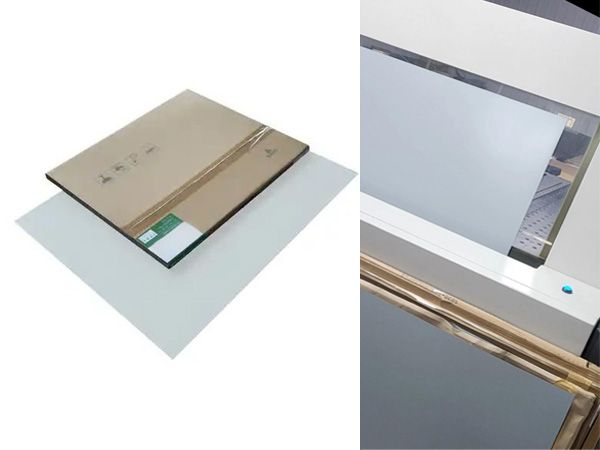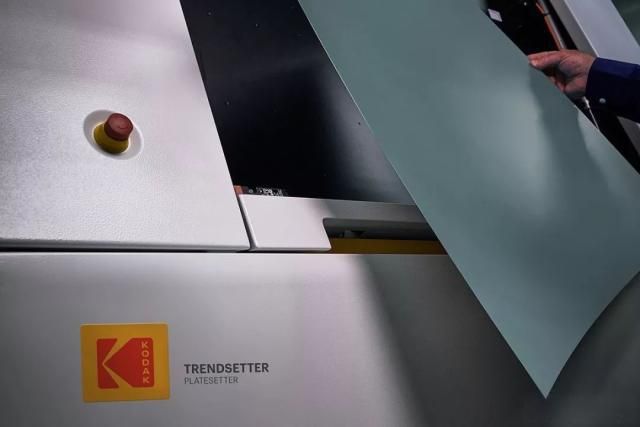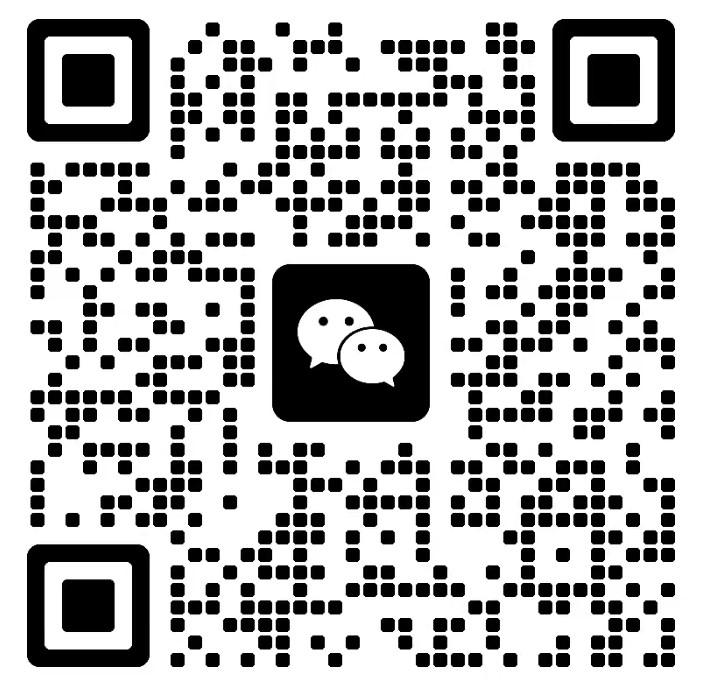
News
CTP waterless plates (also known as chemical free or process-free CTP plates) represent a significant innovation in CTP platemaking technology. Their core feature is that after exposure, they eliminate the need for chemical developers, rinses, or drying steps. They can be directly loaded onto the press for printing, simply by "exposure and setting." This radically simplifies the traditional CTP platemaking process.

The advantages of CTP waterless printing plates lie in five key areas: efficiency, environmental friendliness, cost, quality, and operation. They are as follows:
1. Extremely Simplified Process, Significantly Improved Efficiency
Traditional CTP plates require six steps: exposure → development → rinsing → drying → inspection → press loading. Process free CTP plates require only three: exposure → (optional cleaning) → press loading. Single-plate production time is reduced from 15-30 minutes to under 10 minutes, increasing efficiency by over 60%. For multi-color overprinting, the time between platemaking and press startup can be reduced from 1-2 hours to under 20 minutes, making them ideal for short-run printing and urgent orders. Eliminating equipment such as developers and dryers saves 5-10 square meters of space, reduces equipment maintenance, and eliminates rework due to fluctuations in development parameters, significantly improving error tolerance.
2. Outstanding Environmental Performance, In line with Green Trends
Waterless plates eliminate chemical pollution at the source: no developer or rinse water is consumed, eliminating the discharge of wastewater containing strong alkalis and organic solvents, and eliminating the need for wastewater treatment equipment.
VOC emissions are reduced by over 95%, reducing waste gas collection costs. Solid waste is limited to recyclable plate trimmings, eliminating the need for hazardous waste disposal.
Furthermore, they save 100-150 tons of water annually (based on an average daily plate production area of 100 square meters). They fully comply with EU REACH and Chinese printing pollutant emission standards, making them particularly suitable for environmentally sensitive applications such as food/pharmaceutical packaging and children's books.
3. Optimized Cost Structure, Long-Term Cost Savings
Although the unit price of chemistry free plates is 20%-80% higher than traditional CTP plates, the overall long-term cost savings are lower: they eliminate the need for chemical consumables such as developer and rinse water; eliminate the maintenance costs of developing/drying equipment; and offer extremely low environmental protection costs. Furthermore, the need for dedicated personnel to monitor development can eliminate one operator. For companies producing over 50 square meters of plates per day, the cost difference per plate typically offsets the cost difference within 6-12 months, making them more cost-effective in the long term.
4. Stable Print Quality and Superior Precision
The waterless CTP plate utilizes direct laser curing/phase change imaging, eliminating the interference of chemical etching. Dot edge sharpness is improved by 20%, and the full-tone dot range from 1% to 99% can be stably reproduced, avoiding the issues of small dot loss and large dot blurring associated with traditional development. This makes it suitable for high-end brochures, anti-counterfeiting labels, and other fine-print applications. The surface is free of chemical residue, reducing ink transfer rate fluctuations from ±5% to ±2%, ensuring accurate color reproduction and register accuracy within ±0.02mm. Select models feature a high-wear-resistant coating, increasing press run from 100,000-500,000 impressions to 500,000-1,000,000, making it suitable for long-run orders.
5. Low Operator Barrier and High Safety
Operators no longer need to master chemical parameters such as developer concentration and temperature; they only need to set the laser energy (factory preset parameters). This reduces new employee training from one to two weeks to one to two days. No contact with strong alkaline developer solutions prevents skin corrosion and respiratory irritation, creating a safer operating environment. Furthermore, it can be integrated into the fully automated "plate loading → exposure → plate unloading → printing" process, making it suitable for unmanned platemaking workshops.
6. Wide Range of Applications
In addition to demanding environmentally friendly applications, it is also suitable for efficiency-focused quick-print shops, small and medium-sized enterprises with limited space and staff, and high-end brochures and packaging orders requiring high-precision, long-run printing.
The advantage of waterless CTP plates is that they address the four major pain points of traditional CTP platemaking: low efficiency, high environmental pressures, inconsistent quality, and complex operation. Despite the relatively high procurement cost per plate, in the current context of stricter environmental regulations, rising labor costs, and increasing customer quality requirements, it has become a key option for printing companies seeking to reduce costs, increase efficiency, and achieve green transformation. Its penetration rate has exceeded 30% in the European and American markets.
PRODUCTS
ONLINE CONSULTATION
If you have any questions, please contact us and we will contact you as soon as possible.
Leave A Message
If you are interested in our products and want to know more details, please leave a message here, we will reply you as soon as we can.

